John Boorman’s The Exorcist II: The Heretic is perhaps the most baffling sequel in horror history. It had a mountain to climb, though. It was to be a direct sequel to what’s largely considered the best horror movie ever made, The Exorcist (1973). Whereas William Friedkin’s classic was about the fight between good and evil and the role faith (as a concept) plays in such clashes, Heretic was about overcoming darkness and becoming a source of light.
Unfortunately, things went very wrong. Director David Kittredge tells the whole story behind this disaster in his documentary Boorman and The Devil, a sharp and tragicomic look at the art of creating movie magic and what happens when ambition betrays vision.
The movie functions on multiple registers. Those unfamiliar with the reasons why Boorman is considered a legend and why there was a lot of excitement behind the choice to put him in the director’s chair will find them here. There’s an interest in giving the director his due, to not let Heretic be the thing that defines him for horror fans. He directed Deliverance (1972), one of the most impressive survival horror films ever made. It helps to frame the sequel he tackled in a more complex light. The discussion is allowed to revolve around expectations and how difficult it can be to go against them despite having an honest disposition to uncovering new ideas.
Kittredge manages to include a lot of voices and perspectives in the telling of this story, from cast members Linda Blair and Louise Fletcher to John Boorman himself. Several critics and horror community personalities are also brought in, but where the film truly shines is in its crew interviews. Rarely do film documentaries afford so much time to Steadicam operators, assistants, secretaries, grips, and script supervisors. It gives the narrative a very different flavor, one that forces a wonderful reconsideration of the way we appreciate films.
Each crew member is presented as an artistic agent that was invested in making the movie and its effects shine on screen. They’re responsible for the most lauded aspects of the movie, namely the production design and its inventive camera shots.
Special attention is paid to the work that went into building the wildly impressive sets, some of which were meant to capture small Ethiopian villages and vistas and cutting-edge psychiatric centers. A few of these elaborate sets would have to withstand locust swarms that were going to be unleashed on them for key sequences.
After building up the small technical miracles the crew pulled off, Kittredge smartly addresses what could end up being the movie’s defining weakness: its script. This is important as it’s revealed that Warner Bros. (the studio behind the project) barely interfered with the production. It really does all fall on the director and the choices he made on the road to the final product. Script rewrites and unlucky casting changes undoubtedly played a role, but what made it to the screen was ultimately what Boorman wanted there.
This is where movie reviewers can find space for introspection. The Exorcist II was brutally panned by critics. At one point in the movie, a quote from one bad review flashes by that refers to everyone involved in the making of the movie as “cretins,” as if they had intentionally set out to disrespect the audience. Accusations of incompetence and sheer idiocy were plentiful.
What few reviewers could actually argue against was the movie’s ambition. It’s clear that there was no interest in creating a facsimile of the original film. Boorman even admits that he did not consider the audience while putting Heretic together, which created its own problems (hubris among them). But what’s undoubtably true here is that there is no other movie like it out there. Boorman’s vision is apparent, and it’s incredibly realized on a visual and technical level. There’s good art in the movie, which is what Kittredge goes lengths to show through his crew interviews.
It all ties to the question of what makes a movie good or bad. While Heretic is, in my opinion, a bad film with interesting ideas, it is one I will continue to recommend because of its uniqueness (perplexing though it may be). Sometimes, a good film can live inside a bad one, and vice versa. Rarely does something disappoint in its entirety. Bad slashers often have a good kill scene or two, popcorn ghost stories manage a strong jump scare here and there in spite of an atrocious script. These small victories can and should be recognized.
Boorman and The Devil does not try to convince Heretics’s detractors that they’re wrong and that they fail to see what misunderstood masterpiece it really is. Instead, it argues that interesting failures deserve to be discussed. Ridicule and Rotten Tomatoes-like hit quotes that go for puns that are meant to diminish the artistic qualities of a film simply kill the conversation, even when the point is to explore why they fell short in the first place.
Kittredge has put together an important documentary here. It’s not a snarky takedown of one of the most reviled horror sequels of all time, nor is it an attempt at rescuing it from its reputation. It’s a discussion on ambition. The intention to create fascinating and thought-provoking art was there. It didn’t land with audiences. Rather than kicking a lifeless body around, Kittredge resuscitates it to interrogate it. And it ends the way it’s supposed to, leaving the question of whether The Exorcist II: The Heretic was a good movie or not entirely in the viewer’s hands.
Boorman and The Devil was screened at the 2025 Brooklyn Horror Film Festival.









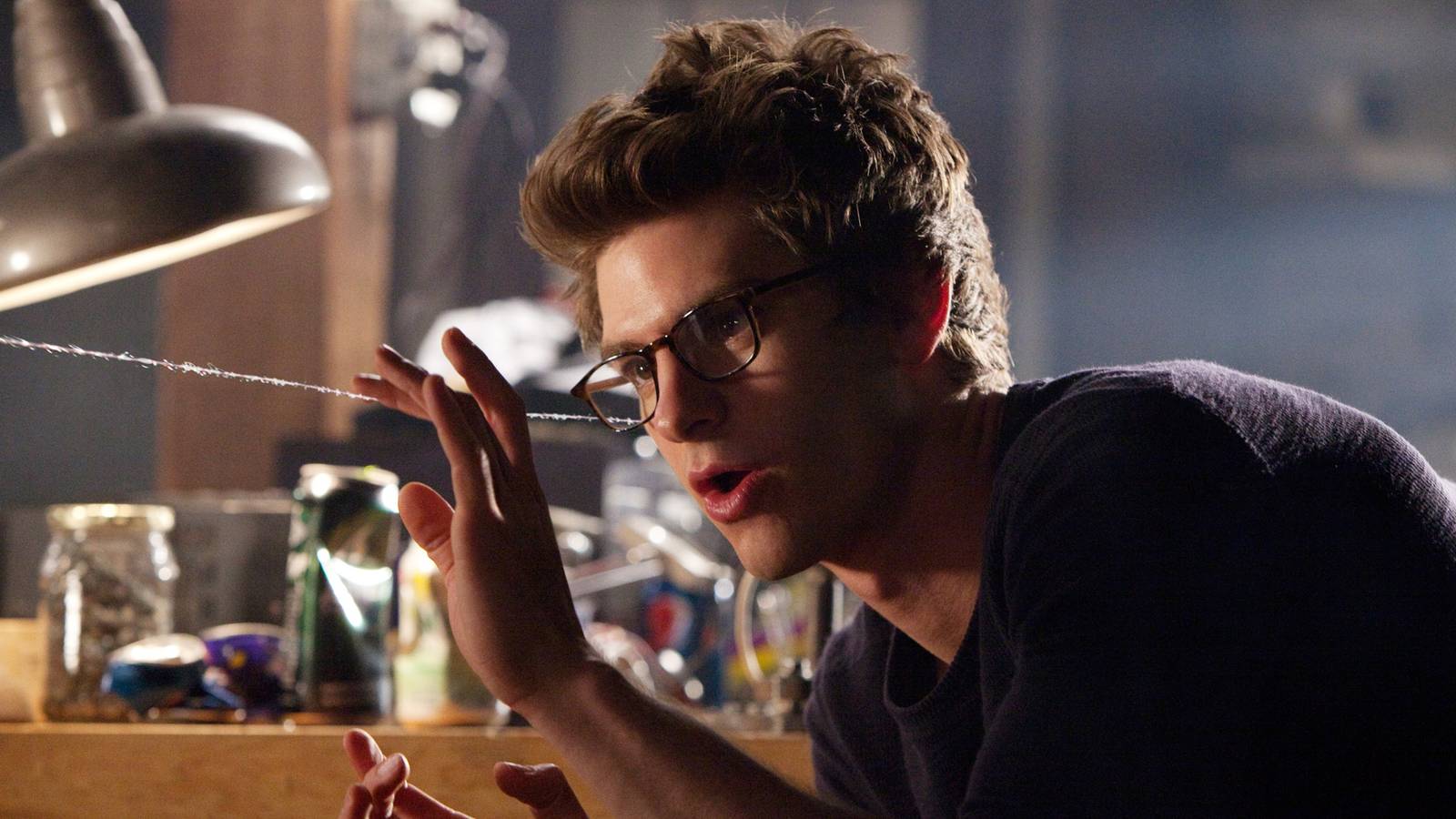

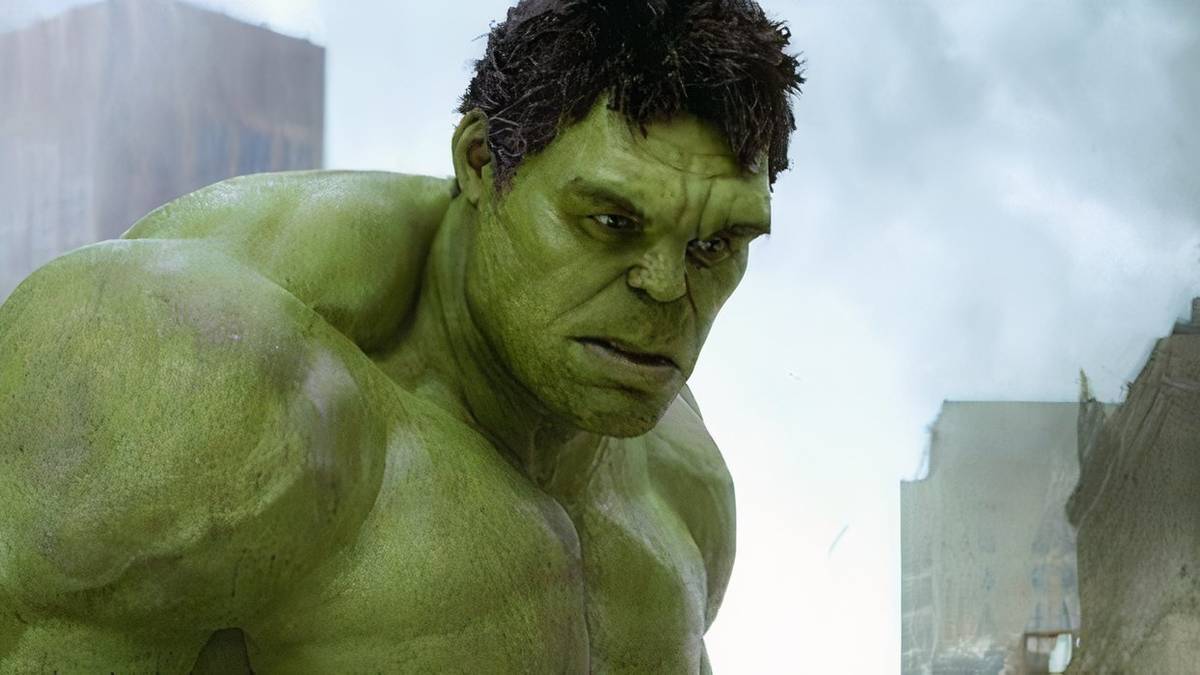

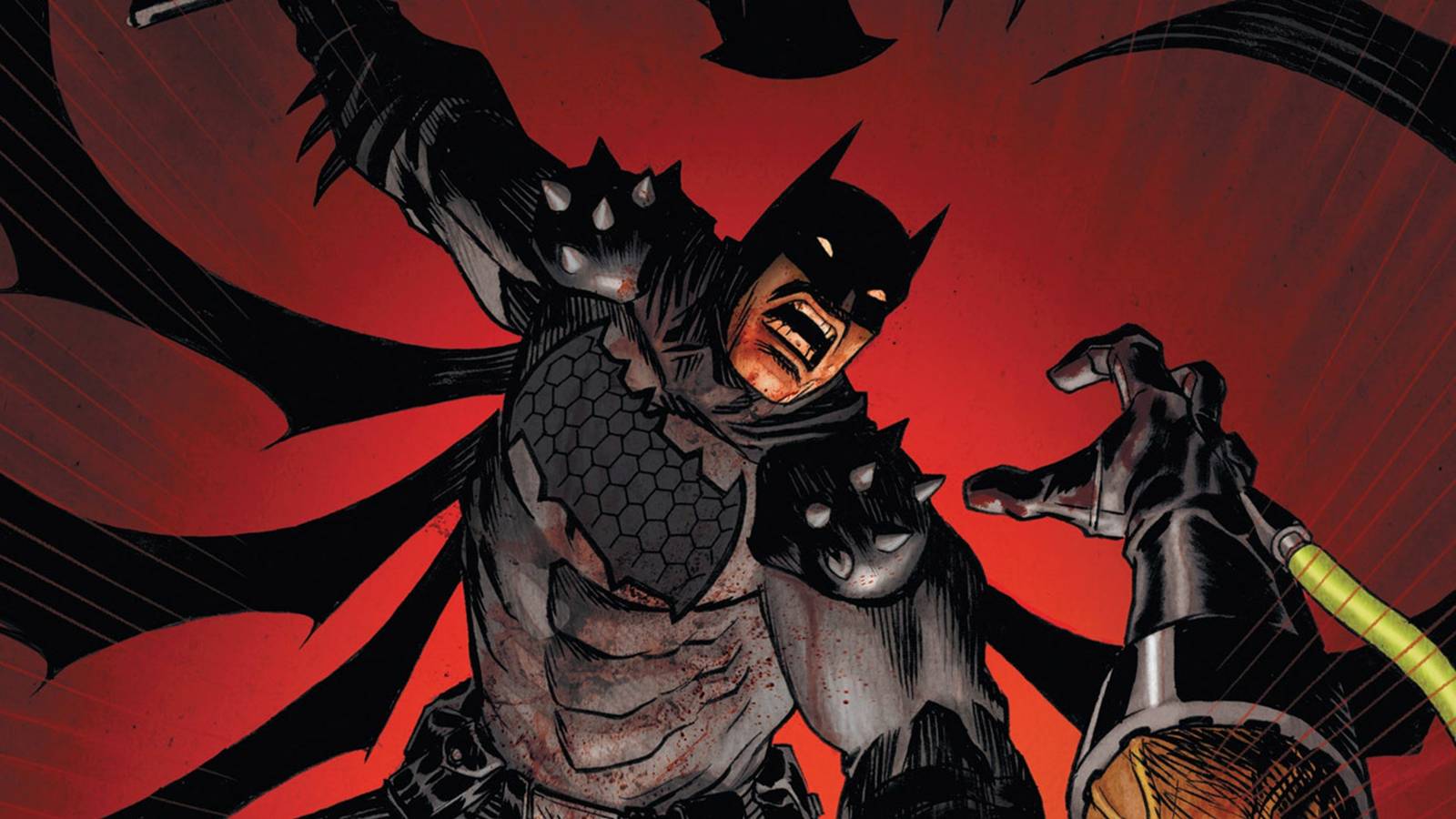
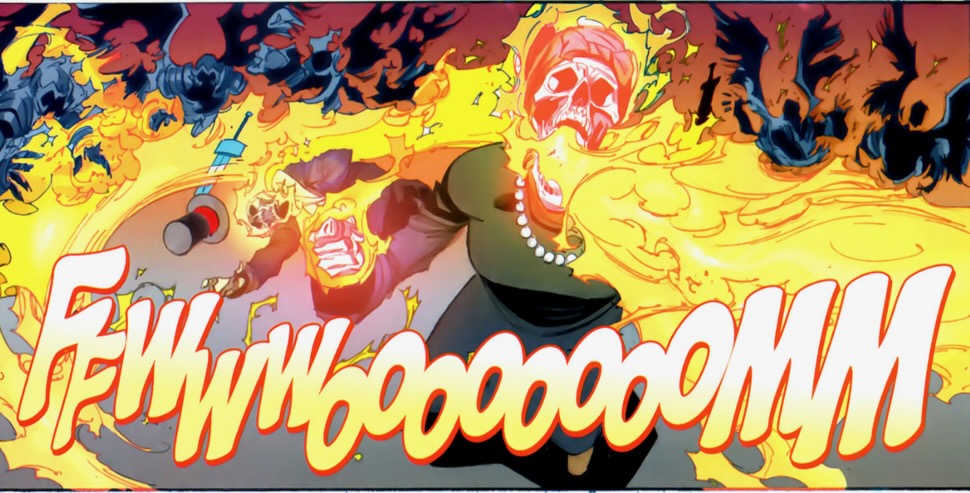
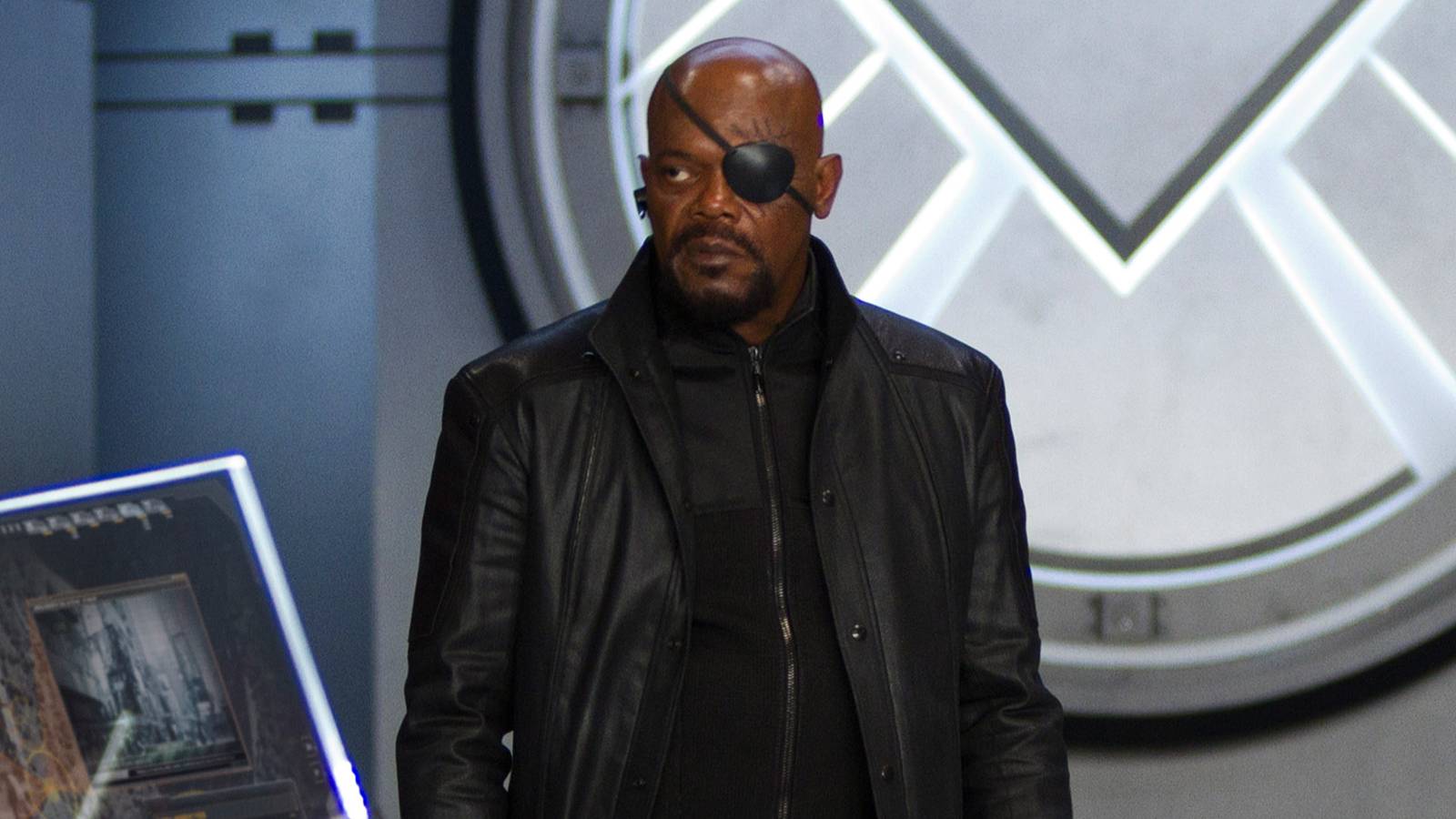
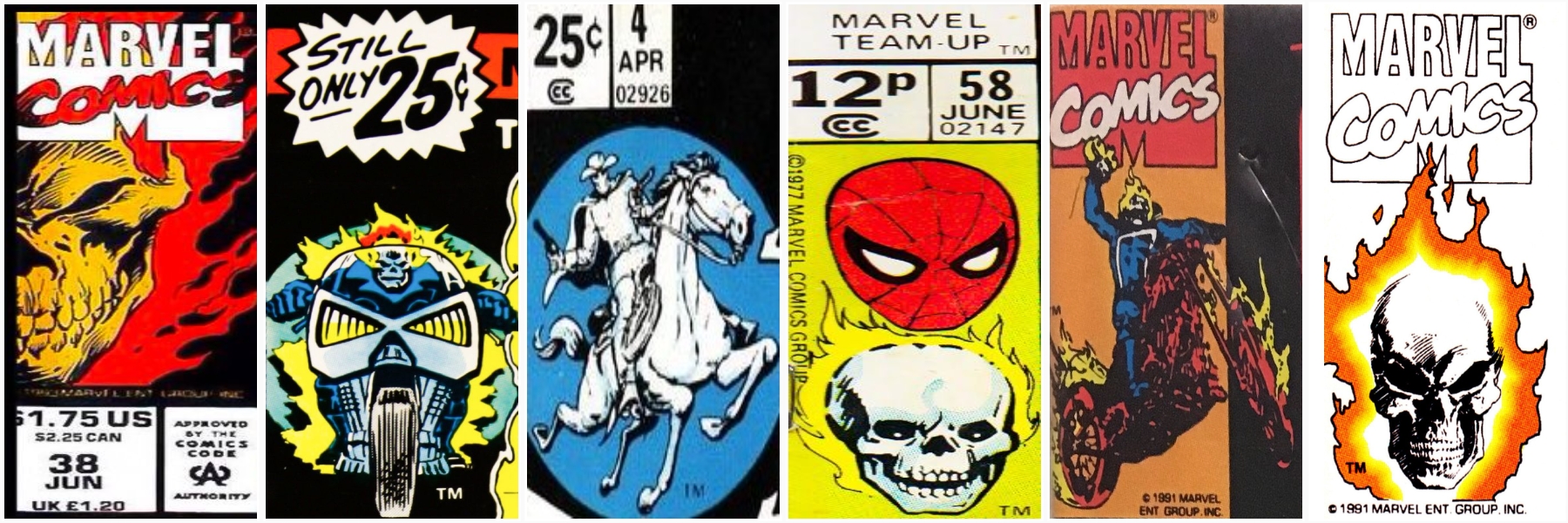


![Ghost of Yōtei First Impressions [Spoiler Free]](https://attackongeek.com/wp-content/uploads/2025/11/Ghost-of-Yotei.jpg)


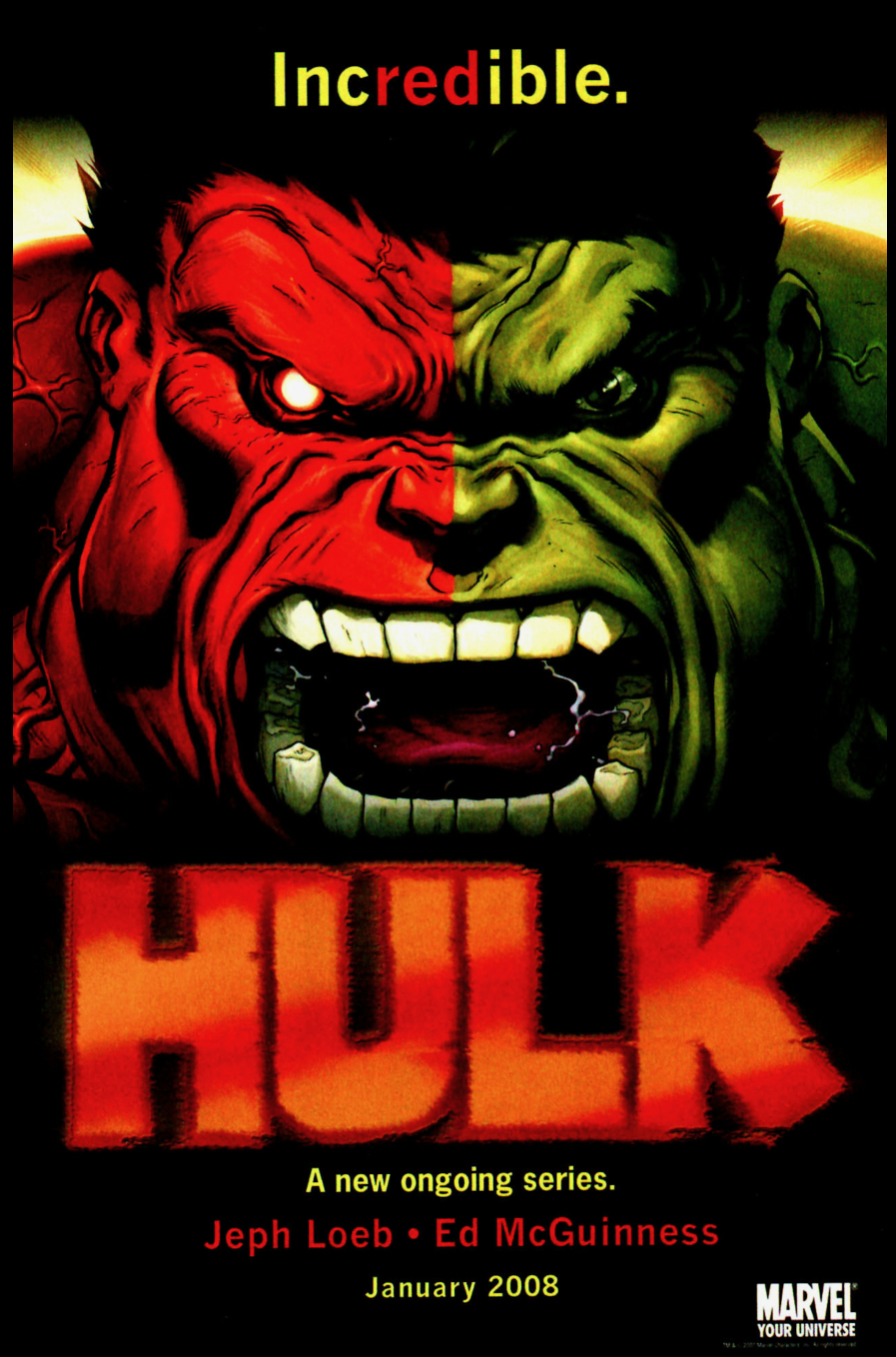
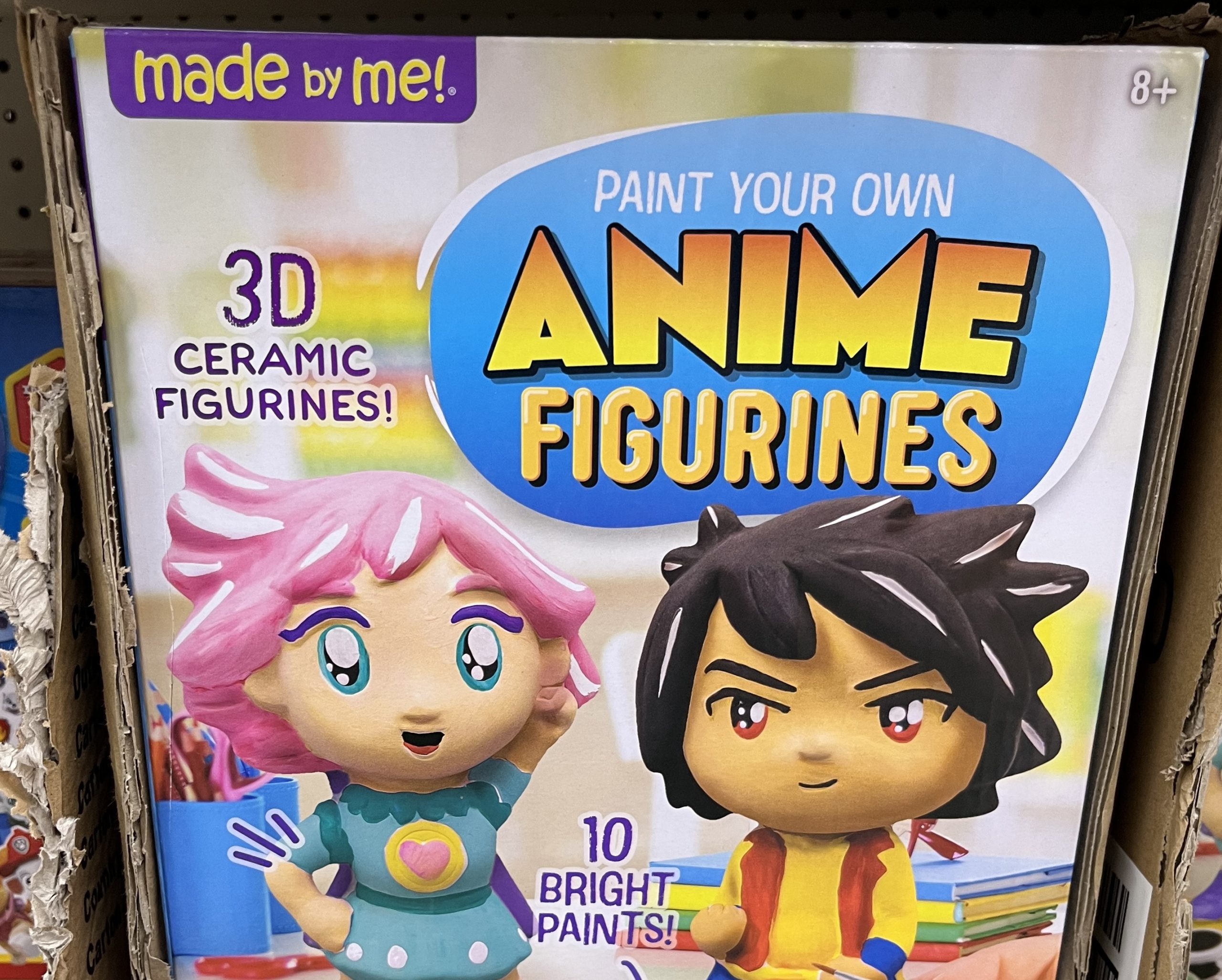
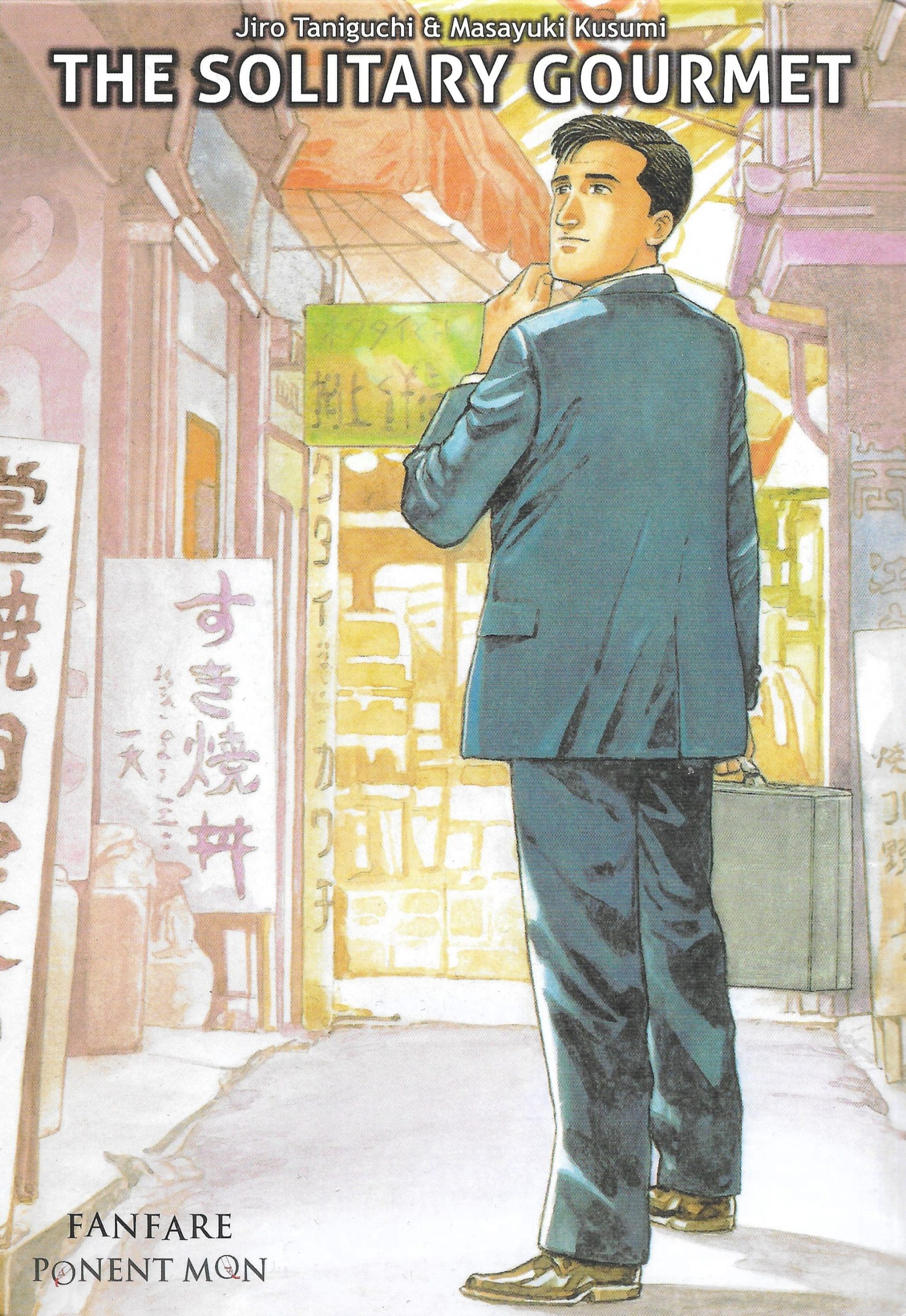
 English (US) ·
English (US) ·